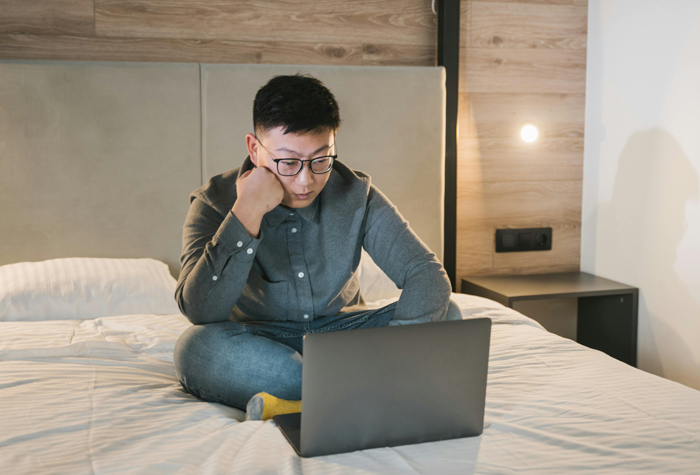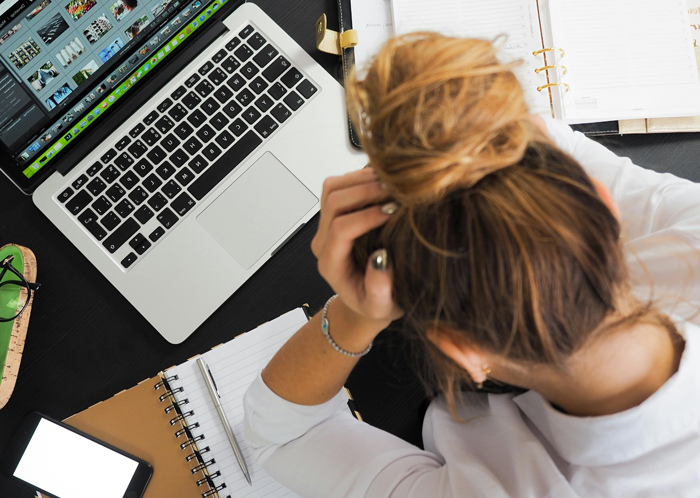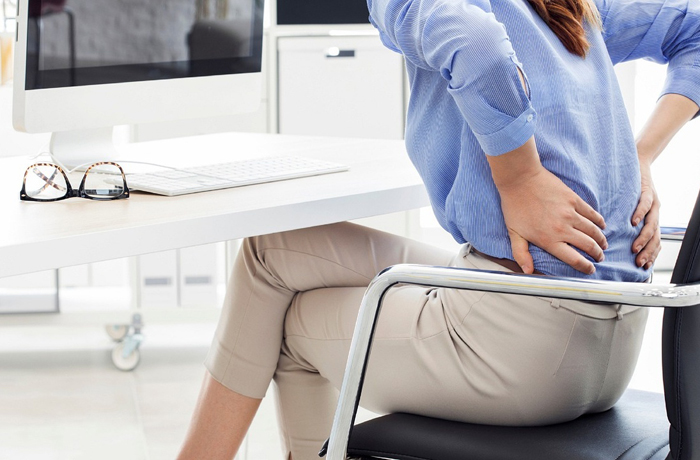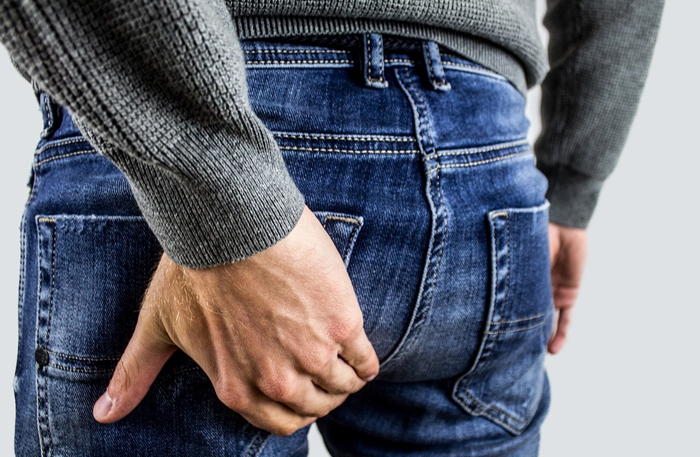【Laiwo Medical :Knowledge Sharing】 Sitting for extended periods of time can harm the body. How long does it last and where exactly is the harm?
Publish Date: 2025/1/16
Sitting for long periods of time has become a common working state for many people today, who often sit from work to work. This seemingly comfortable working state actually hides great harm. Everyone knows the saying 'sitting for a long time harms the body', but it may not be clear how long it lasts and what specific hazards it may bring.

How long is sitting for?

The harm of prolonged sitting is no less than smoking, drinking, and staying up late. This is not an exaggeration. Generally speaking, when in a conscious state, maintaining the same sitting or lying position for more than 90 minutes is considered sitting for a long time. So, many people sit for long periods of time to work, study, and drive, half lying down to browse their phones, often lasting for several hours or more, which has invisibly caused great harm to their health.

What are the effects on the body?

Sitting for long periods of time affects one's appearance
The impact of prolonged sitting on the body is comprehensive. Sitting for a long time can slow down the body's functions and metabolism. Excess fat can easily accumulate in the waist, abdomen, buttocks, lower limbs, and other areas, forming "swimming rings" and "elephant legs". If sitting with a hunched back and a neck stretched forward, fat organs may shift in one direction, and one may also like to lift their "double chin". If it is difficult to avoid prolonged sitting, it is recommended to adopt a correct sitting posture, with the back tightly against the chair back, and avoid crossing legs to reduce adverse effects.

Sedentary sitting affects the muscles and bones

When sitting for a long time, the neck, shoulders, waist, and back remain in a fixed position, and the skeletal muscles are in a tense and stagnant state for a long time. In addition, improper sitting posture often accompanies movements such as lowering the head, which further increases the weight of the waist and cervical spine. Over time, this can lead to problems such as cervical spondylosis and lumbar spondylosis. To alleviate this symptom, one can moderately exercise the latissimus dorsi and shoulder neck muscles while sitting, or stretch the lateral neck muscles and trapezius muscles to relieve fatigue and pain.

Sedentary sitting affects hemorrhoids

Long term sitting posture can slow down abdominal blood flow, prevent venous blood from flowing back to the lower limbs, and obstruct blood circulation. In this case, it may induce or worsen hemorrhoids. In fact, not only is sitting still prone to hemorrhoids, but maintaining the same posture for a long time can also cause poor blood circulation, which can lead to hemorrhoids. Therefore, it is recommended that everyone stand up and move around regularly, such as standing against a wall or getting a glass of water.

The harm of prolonged sitting goes far beyond this, it is like an invisible net that binds us in a state of sub-health. In order to break this web, Laiwo Medical kindly reminds you to improve your sitting posture, get up regularly to relax, and stay away from the various hazards caused by prolonged sitting. Let's take action and protect our own health through practical actions.


For reference only






